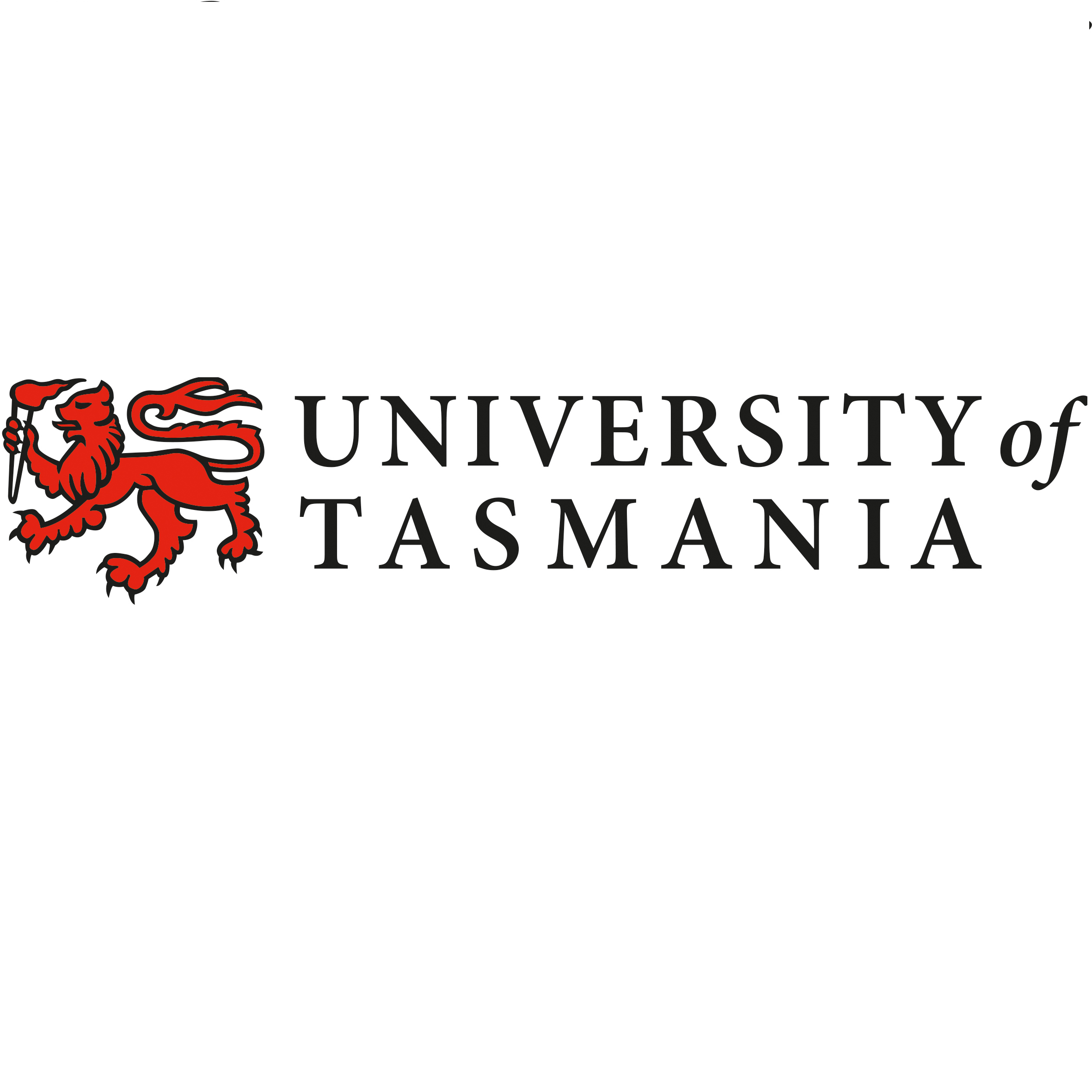Brief description
Decision-makers seek to account for the socioeconomic values of environmental assets. However, understanding the available frameworks and data can be a barrier. We address this here by summarising the data used across four case studies (3 geographic regions and 3 socio-economic value frameworks) to demonstrate what data are available and how they are applied to support decisions in varied contexts. See 'Lineage' section of this record for additional methodology.Lineage
Maintenance and Update Frequency: none-plannedNotes
CreditNational Environmental Science Program (NESP) Marine and Coastal Hub
Data time period: 2021-10-01 to 2022-03-31
text: westlimit=112.00; southlimit=-35.50; eastlimit=115.00; northlimit=-33.00
text: westlimit=142.0781; southlimit=-23.6183; eastlimit=154.00; northlimit=-10.6802
text: westlimit=144.33; southlimit=-38.40; eastlimit=145.16; northlimit=-37.82
User Contributed Tags
Login to tag this record with meaningful keywords to make it easier to discover
(DATA ACCESS - data inventory used for case studies [PDF])
global : 79f7d3b9-92cf-470d-83b6-285efa6d31f6
- DOI : 10.25959/8FMV-6K23

- global : 4fca5250-7381-4a09-b02d-4b7347c495a5


